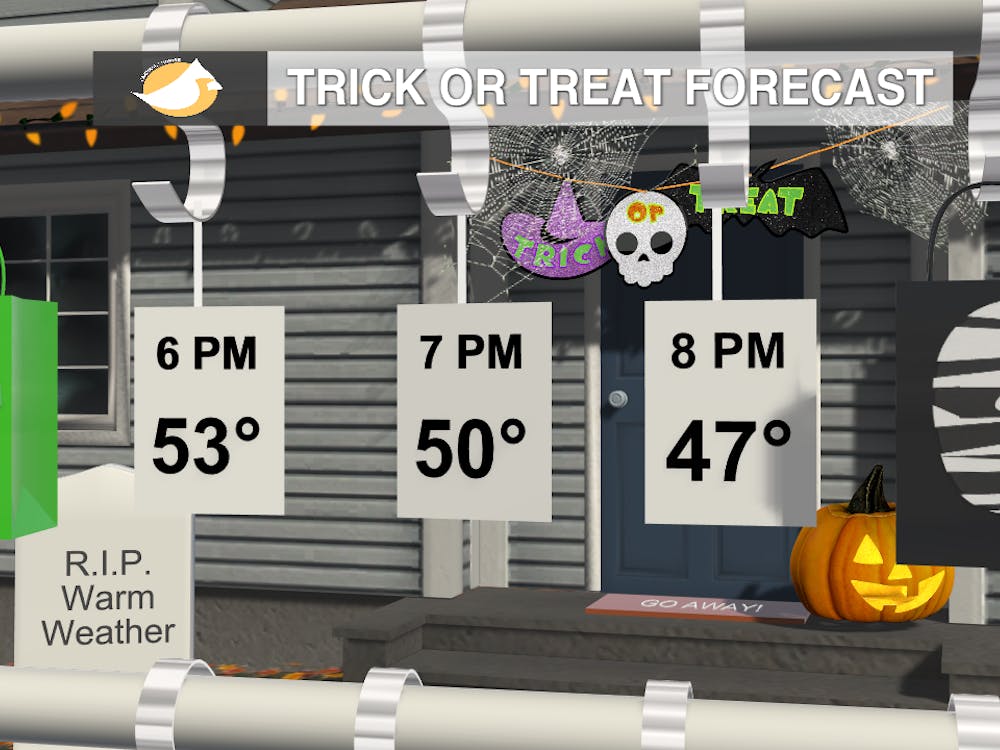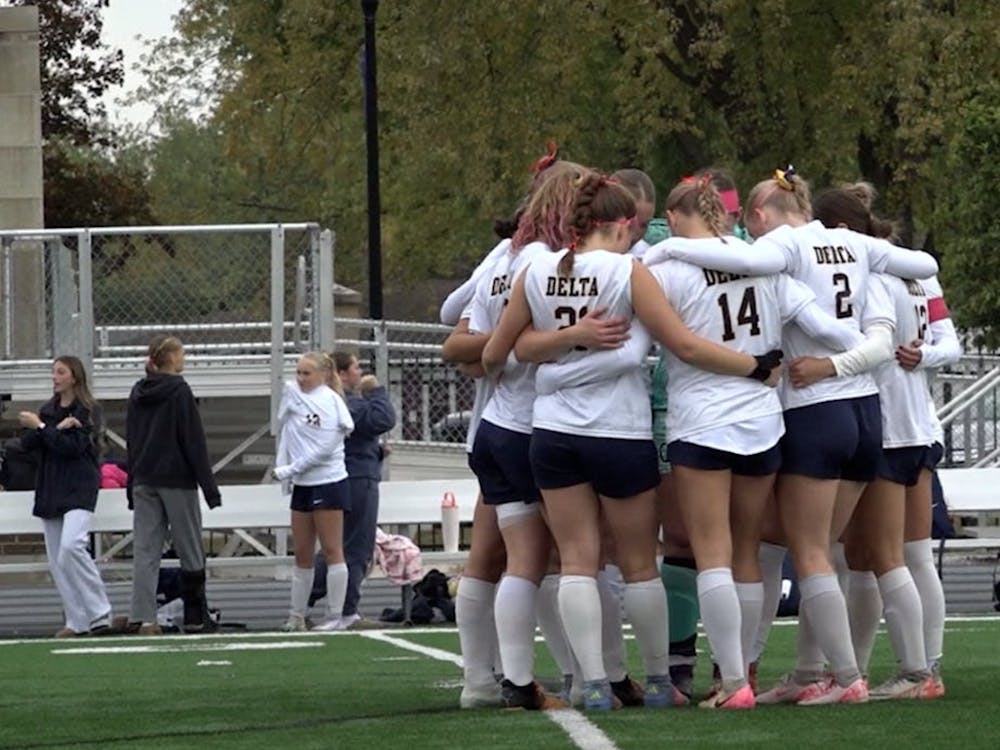More men are going into education, but more minorities need representation.
Throughout history, teaching has primarily been a female profession, but the times are changing. Now, it's more likely to see men leading the classroom. In fact, there’s been a 22 percent increase of males in the classroom from 1988 to 2012 but not for all backgrounds. African American men make up only two percent of teachers in the classroom. However, that’s not stopping one Ball State senior from pursuing his dream.
Charles Bailey, an elementary education major, is graduating this year and can’t wait to transition from sitting in class to leading his own class. Bailey didn’t always know he wanted to be a teacher, but when he shadowed at a local school, he knew that was where he was meant to be.
“I saw the classroom environment that the teacher had there and how all the kids loved me, and I had a really good rapport with them; I decided that’s what I wanted to do and be the teacher,” Bailey said.
Even though Bailey is excited about entering the classroom, there aren’t many who feel the same way. In class, he says having only one or two African American men enrolled isn’t unusual. Dorshell Stewart, an Assistant Teaching Professor of History, says this is a problem that’s been around for a while.
“Teaching is predominantly white middle-class females, and it’s been that way throughout history. Because of that, it’s hard for students who don’t look like their teacher to want to pursue education,” Stewart said.
Growing up, Bailey only had one male teacher, but that didn’t keep from him knowing he wants to impact kids.
“When you see the same kids every day, you’ll really be their role model. So, I’m really excited about that aspect of it,” Bailey said.
Stewart says Bailey’s presence alone in the classroom is going to speak volumes.
“Charles's presence alone is going to say so much, not only to racial minorities but to dominant races, as well. Just by walking into that classroom and saying, ‘Hi, I’m Mr. Bailey, and I’m your fourth-grade teacher’, kids are going to be excited,” Stewart said.
In addition, Bailey being a teacher is going to challenge stereotypes that already prevail to who a teacher can be.
“We only see minorities in sports, entertainment, service - not in career jobs and professional jobs, so he’s going to be doing a lot. He’s not only affirming racial minorities but helping to cause some pause and reflect, and he’s changing narratives that white students may have if all they’ve had is a white teacher,” Stewart said.
Bailey graduates this spring and plans to look for jobs in West Lafayette.











